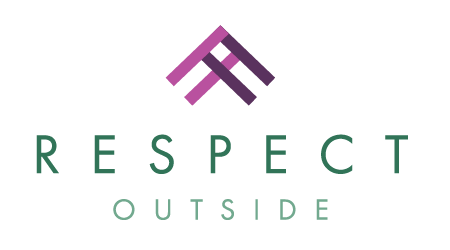This article first appeared in the January issue of America Outdoors newsletter.
By: Members of the A-DASH Collaborative
The outdoor industry is focusing on creating a working environment that is more welcoming to all sorts of people. A large focus of this discussion has been about sexual harassment and assault prevention. At the December 2021 American Outdoors conference, The A-DASH (Anti- Discrimination and Sexual Harassment) Collaborative presented a session focusing on organizational polices around sexual harassment. It was encouraging to see the majority of outfitters that attended the session expressed that they had a sexual harassment policy in place.
However, organizations experience a tension between the policies that exist and the realities of the workplace culture. It is difficult to translate policy into action when the culture of an organization does not reflect the policy. Particularly when creating a culture of belonging. However, the merging of policy and culture is necessary to create a welcoming workplace where everyone feels comfortable.
To create a culture of belonging, a company needs to build trust inside the organization. Trust begins with commitment expressed by leadership; detailed policies and procedures that act as a framework to encourage the behaviors you want (and discourage those you don’t); and ongoing and repeated staff training that reinforces the importance of preparation, prevention, mitigation, and follow-up. Keeping training, transparency, and reinforcing expectations in mind when managing personnel can help turn policy into culture.
ELEMENTS OF A CULTURE CHANGE

TRAINING should be supported by a guiding framework of policies and procedures to help support a team that embraces the behaviors that are important, if not critical, to being a top-notch service provider and offering an environment to which folks want to return. Codes of conduct, employee handbooks, and policies and procedures should not live in a desk drawer. These should be considered “living documents” that can change and be amended as the culture of the organization transforms.
TRANSPARENCY in your policies and procedures goes a long way to creating psychologically safe workspaces, where people know what to expect. Everyone benefits when behavioral expectations are clear and specific. However, telling staff once is not enough. By setting out exactly how you expect them to comport themselves, rewarding the positive behaviors you see and creating accountability for folks or teams that fall short in these areas, you create a trusting environment where everyone knows what is expected of them and that there is a path for them to excel.
REINFORCING EXPECTATIONS around communication, particularly encouraging the interrupting of unwanted comments and behaviors, helps employees feel safe. Knowing your staff understands how to redirect a co-worker’s off-color joke or discriminatory behavior allows people to respond to unwanted attention. And you have more eyes and ears on the ground which can help prevent bigger behavioral problems down the road.
Efforts to create and foster your desired work culture must be championed at every level and department of the organization. Fund these initiatives as a line item in your budget, not as an afterthought. Putting people first in your policies and procedures will codify interpersonal (soft) skills and allow for ongoing performance coaching.
Although organizational culture change feels daunting, a good first step is having policy in place. Then through training, transparency, and reinforcing expectations that policy can become company culture. In this difficult moment of hiring and retaining exceptional staff- creating a welcoming work environment and a culture of belonging can help an outfitter keep and recruit and keep terrific and diverse staff.
__________________________________
Presenters at the 2021 AOA Conference: Jim Miller, Gina McClard, JD, Maria Blevins, PhD and Risa Shimoda

Recent Comments